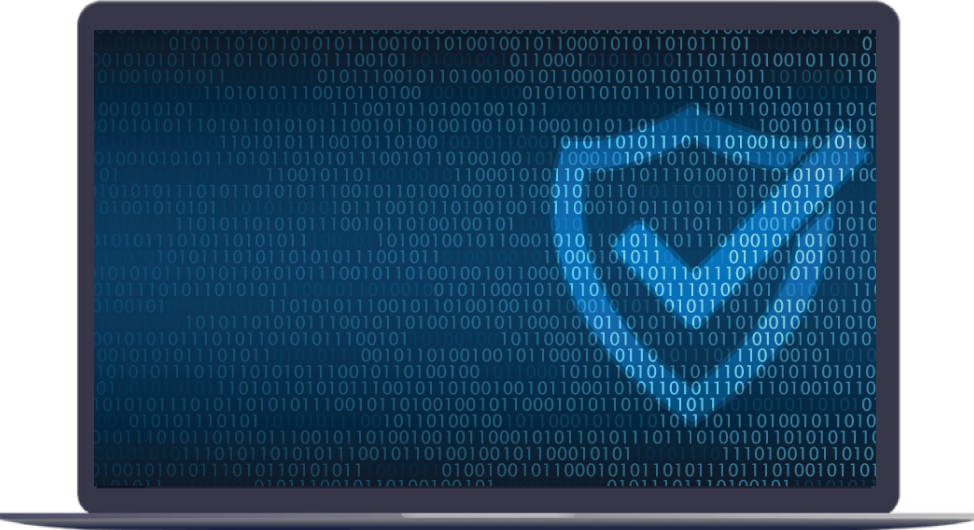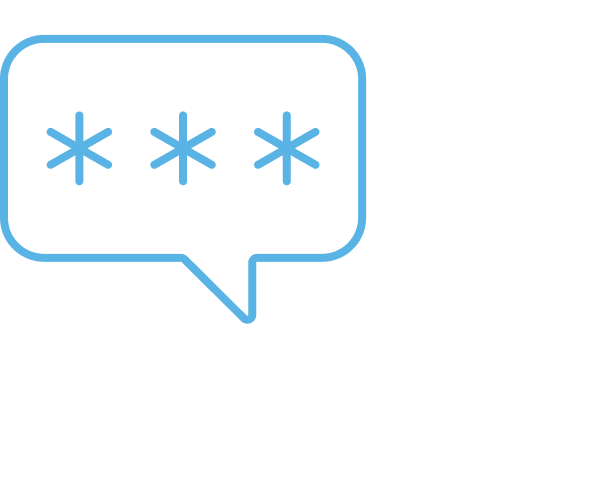Benefits of System Hardening Software
Continuous effort is recovered through systems hardening, but the assiduity pays dividends across your firm via:
There are fewer programs and functions, which means fewer operational problems, configuration errors, and incompatibilities.

Better System Performance
System hardening involves implementing security measures and configurations to reduce vulnerabilities, ensuring compliance with regulatory standards by fortifying the system against potential threats, thus enhancing overall security posture and aligning with regulatory requirements.

Better Compliance
System hardening enhances the organization's reputation by bolstering its security measures and reducing the risk of cyberattacks, thereby instilling trust among stakeholders and demonstrating a commitment to safeguarding sensitive data and assets.




 Inaccessible files with predefined passwords or log in credentials
Inaccessible files with predefined passwords or log in credentials


